Assyria is the ancient region of northern Mesopotamia around the city of Assur, founded around 2600 BC. on the banks of the Tigris (today its ruins are in northern Iraq). It was part of the Akkadian Empire of Sargon of Acad until 2154 BC, which united all the Mesopotamian cities. And from the II millennium B.C. the region was the center of the Assyrian Empire, which at its greatest expansion between the 8th and 7th centuries B.C. controlled virtually all of the territory between present-day Iran, Iraq, Turkey, and Syria.
The destruction of their capital, Nineveh, in 612 B.C. by the alliance of Babylonians and Medes, marks the end of the empire, whose provinces were divided between them.
The region would pass from the domain of one empire to another:Medes, Achaemenids, Macedonians, Seleucids, Parthians, Romans, Sassanids...Between the end of the 3rd century B.C. and mid-II B.C. a series of small independent Assyrian kingdoms arose:Ashur, Adiabene, Osroene, Beth Nuhadra, Beth Garmai and Hatra. The final dissolution of Assyria would take place in the middle of the 7th century AD, with the Arab conquest and the spread of Islam.
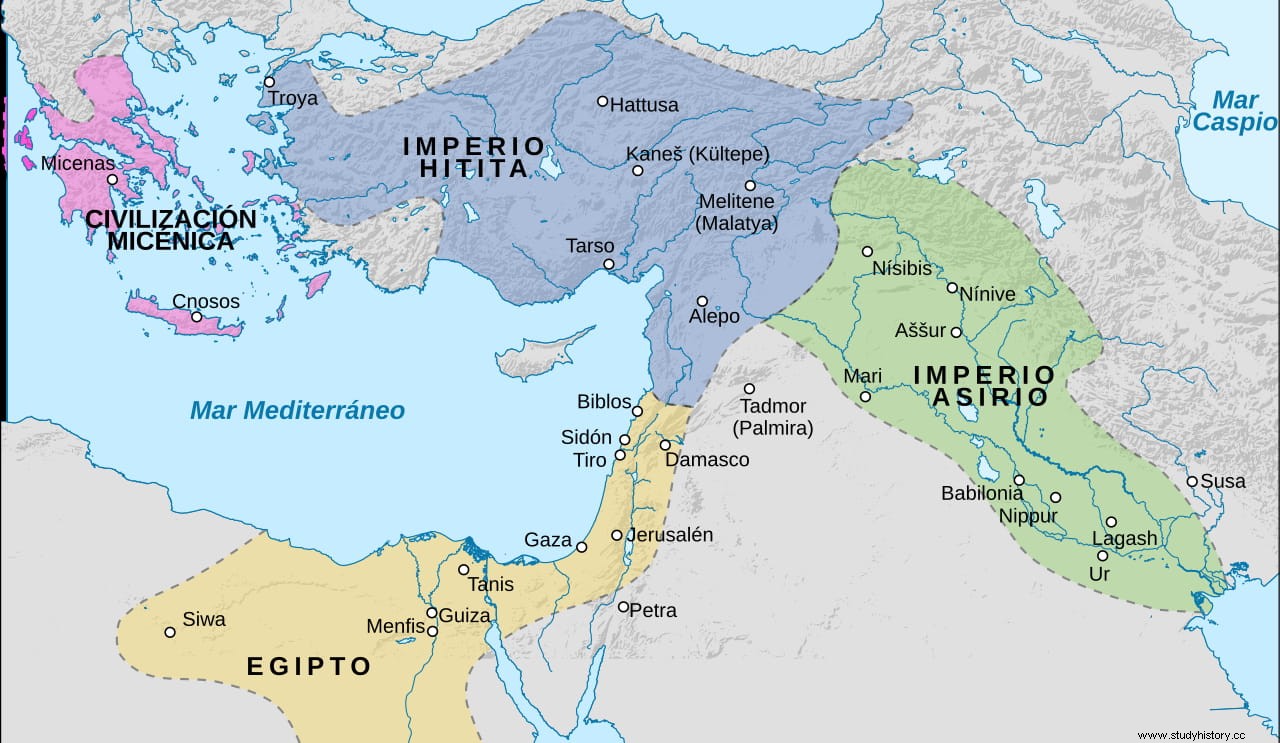
During those 33 centuries of history, the region was inhabited by the Assyrian people , a Semitic group that originally spoke the Akkadian language and later Old Aramaic (later to become the lingua franca of the Achaemenid empire).
By the time the Muslims arrived, the Assyrians were already predominantly Christian, although the Akkadian-Mesopotamian names still survived.
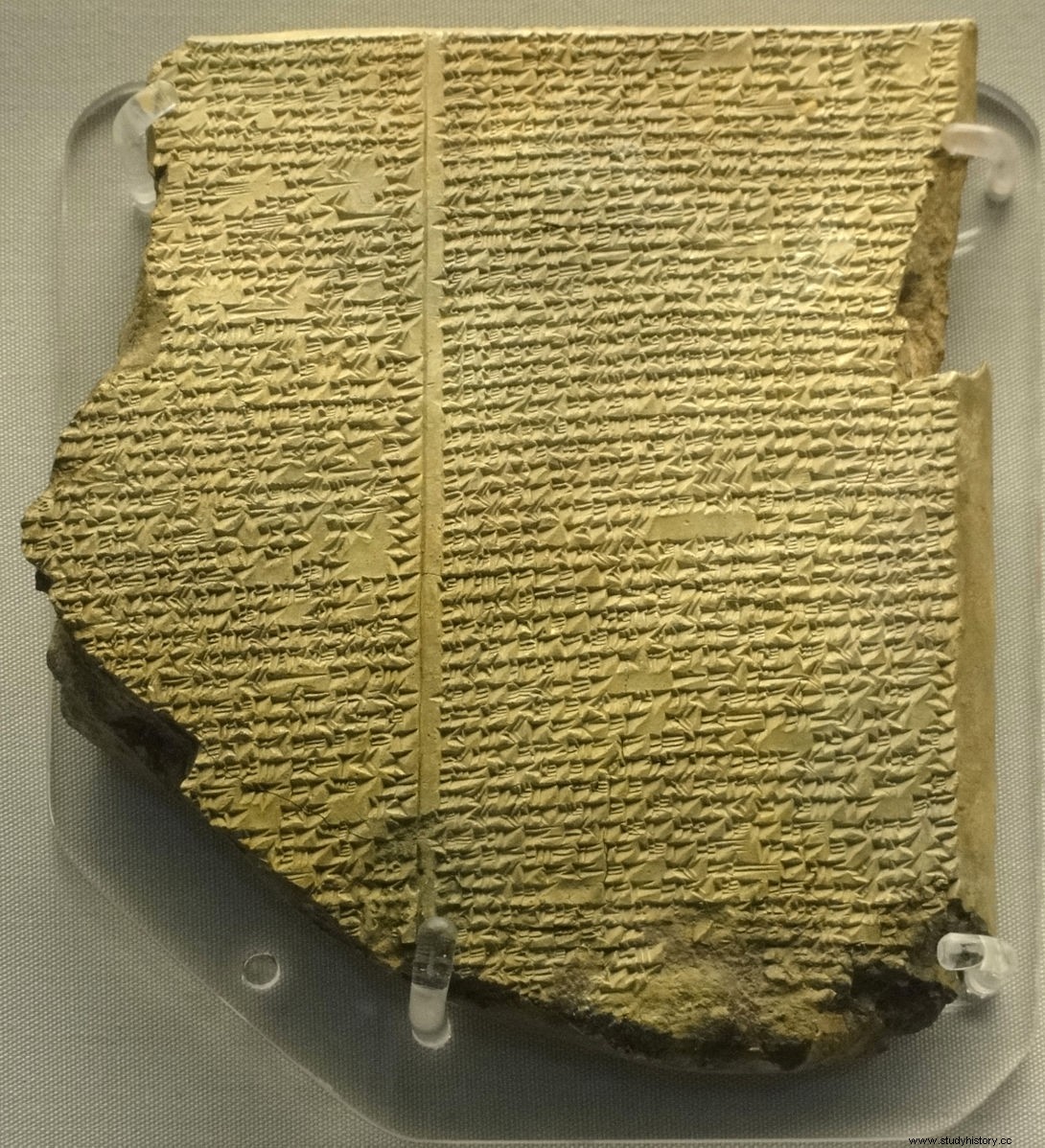
Furthermore, there is no historical record or evidence that the population of Assyria was ever exterminated, deported, exiled, or forced to emigrate after the fall of their empire or in later times.
For this reason, many experts consider that there is a continuity between the Assyrians of antiquity and the modern Assyrians, an ethnic minority spread over present-day northern Iraq, southeastern Turkey, northeastern Syria and northwestern parts of Iran. An area that coincides precisely with what ancient Assyria once was.
They are Christians and continue to speak, read, and write an Old Akkadian-influenced dialect of Aramaic. They are divided between various churches such as the Syriac-Orthodox Church, the Assyrian Church of the East or the Chaldean Church, although ethnically they are a single compact group that has approximately between 300,000 and half a million individuals in Iraq, about 400,000 in Syria and 200,000 in Iran.
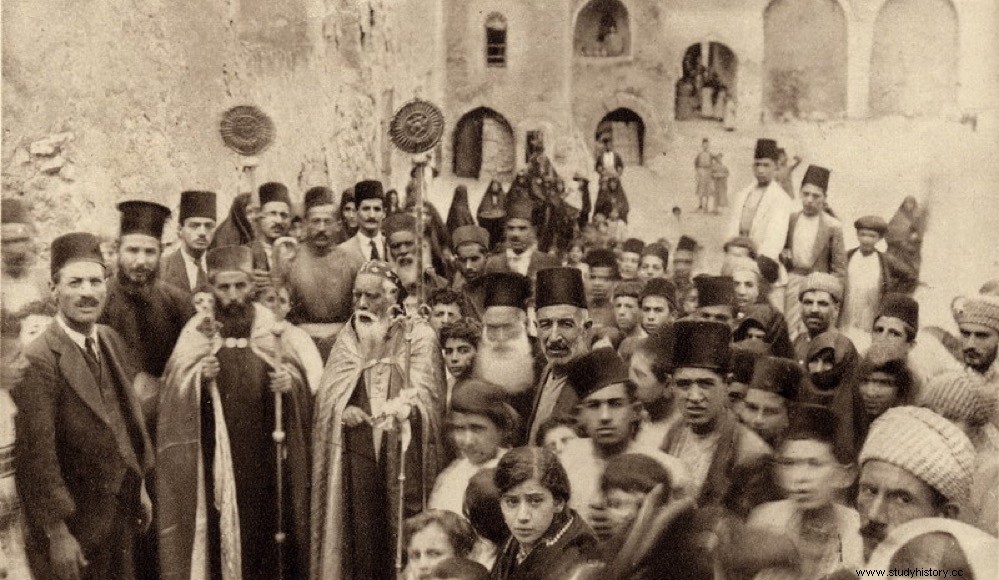
There is also a diaspora and refugee communities scattered throughout Europe, America, Australia, Armenia or Russia. A migration caused by the Armenian-Assyrian genocide committed by the Ottomans allied with the Kurds in the First World War, the Islamic revolution in Iran in 1979 or the persecution campaigns of Saddam Hussein and the Islamic State.
Researchers who defend the continuity of the Assyrian people to the present day are based on the fact that the term Syria would derive from Assyria , which would convert the Syriac Christians in descendants of Assyrian aborigines over 4,500 years ago.
One of the pieces of evidence that would demonstrate this is the Çineköy inscription . It was discovered in 1997 in the town of the same name, in the Turkish province of Adana and dates from the 8th century BC. It is a bilingual inscription in Luwian and Phoenician in which you can read Sura/i in Luwian with the Phoenician equivalent of Ashur , which according to Robert Rollinger in his study published in 2006 in the Journal of Near Eastern Studies is evidence that the name Syria derives directly from Assyria .
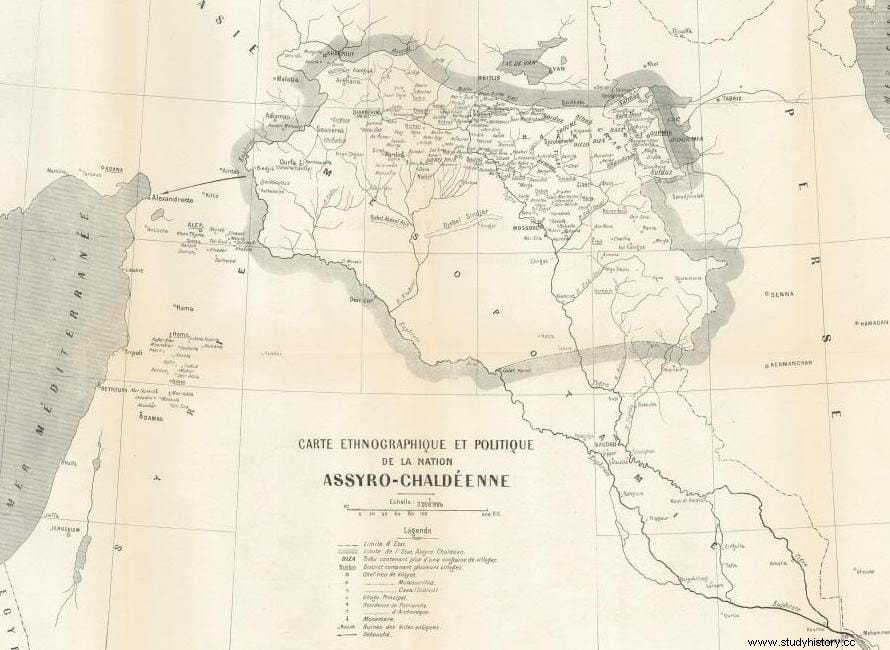
Classical sources, with the notable exception of Herodotus, use the terms Syria and Assyria practically interchangeably. However Herodotus mentions that those whom the Greeks call Syrians are called Assyrians by the barbarians . Also Strabo in the 1st century BC. wrote that those whom historians call Syrians are actually Assyrians .
R.S. Stafford in 1935 described the Assyrians of the time as descendants of the ancient Assyrians, having survived the various periods of foreign rule intact, and claimed that until the First World War they used clothing very similar to that of the ancient Assyrians.
Other authors doubt this continuity and defend that the current Assyrian people is nothing more than a mixture of the different peoples that inhabited the area.
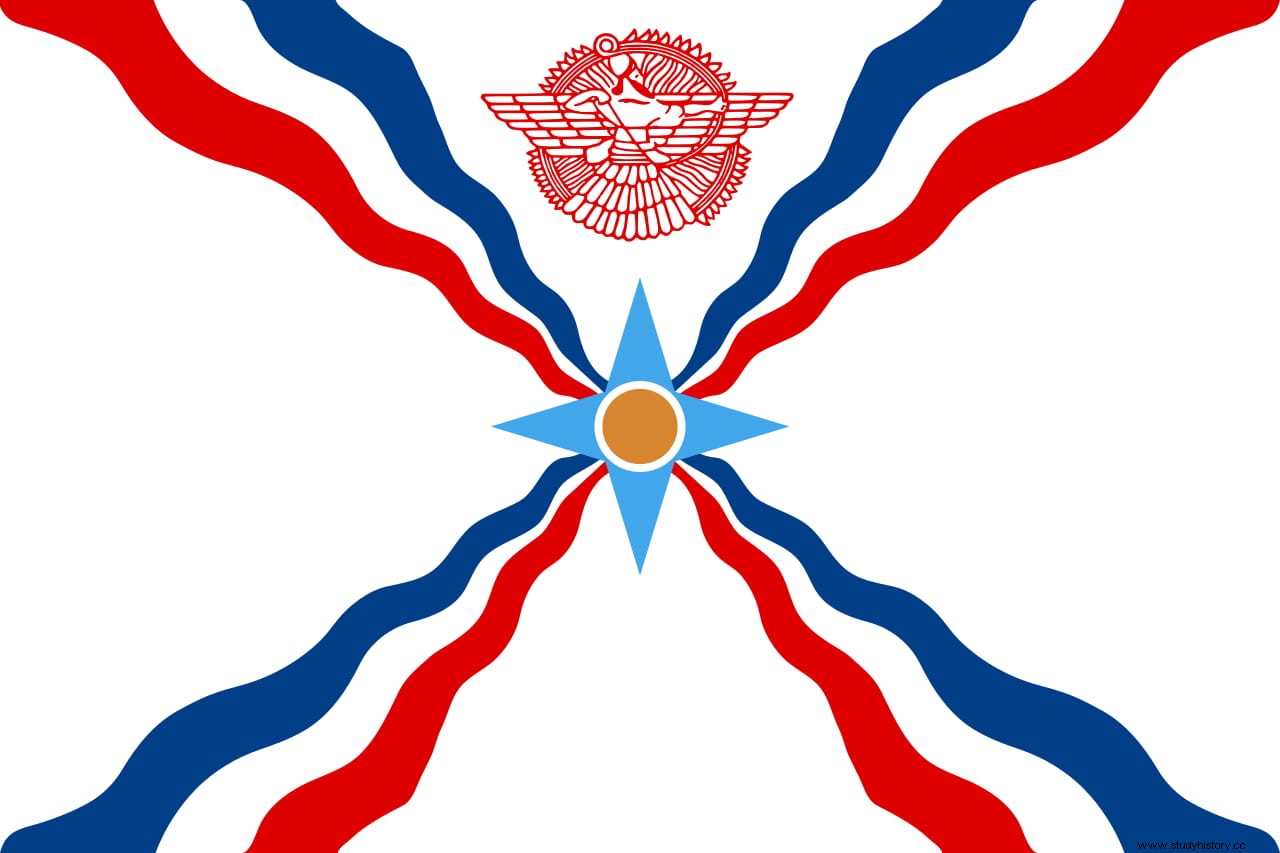
In any case, the so-called neo-Assyrians they consider themselves direct descendants of the ancient Assyrians, as do most historians and researchers. The United Nations, through the Unrepresented Nations and Peoples Organization (UNPO), also recognizes today's Assyrians as the indigenous people from northern Iraq, with its capital in ancient Nineveh.
Likewise, genetic studies have shown that the Assyrians form a homogeneous group with respect to all the other groups in their environment (Jews, Armenians, Kurds, Arabs, etc.)
